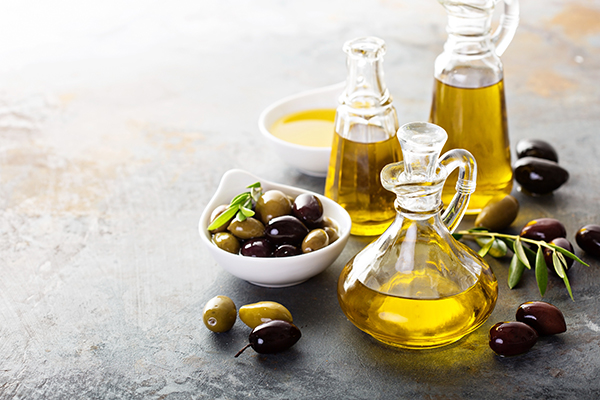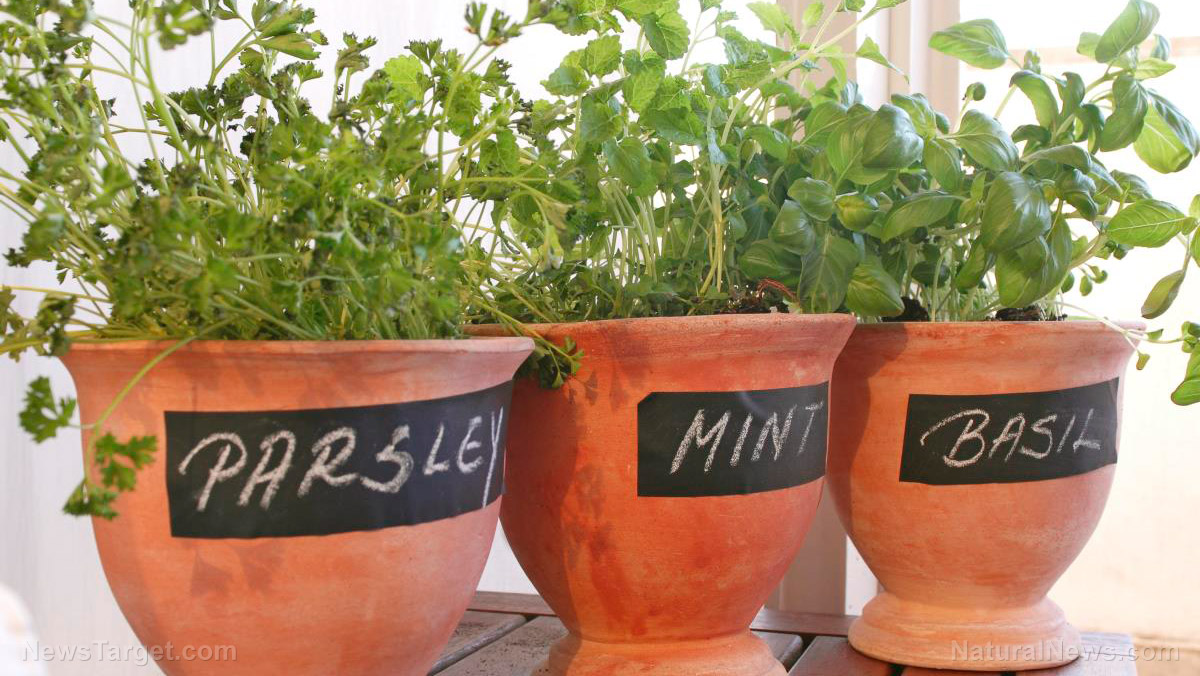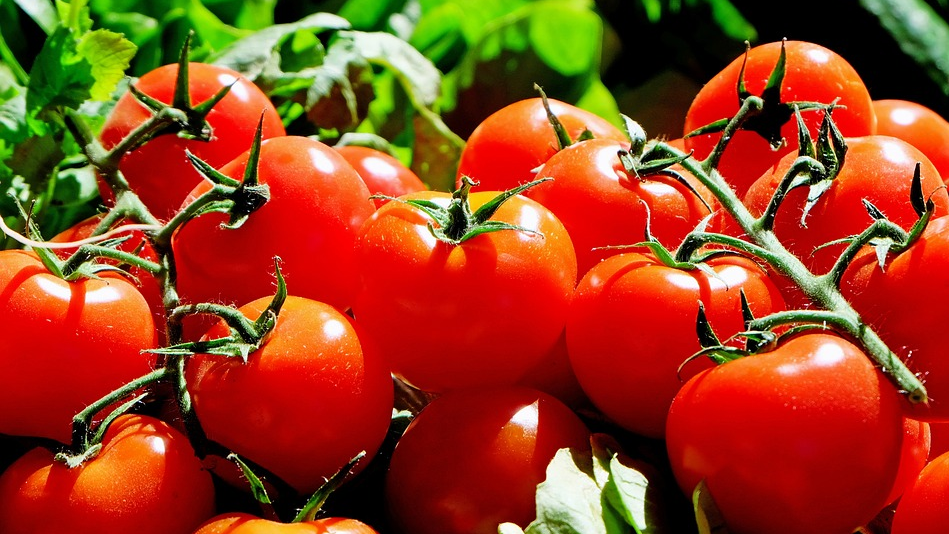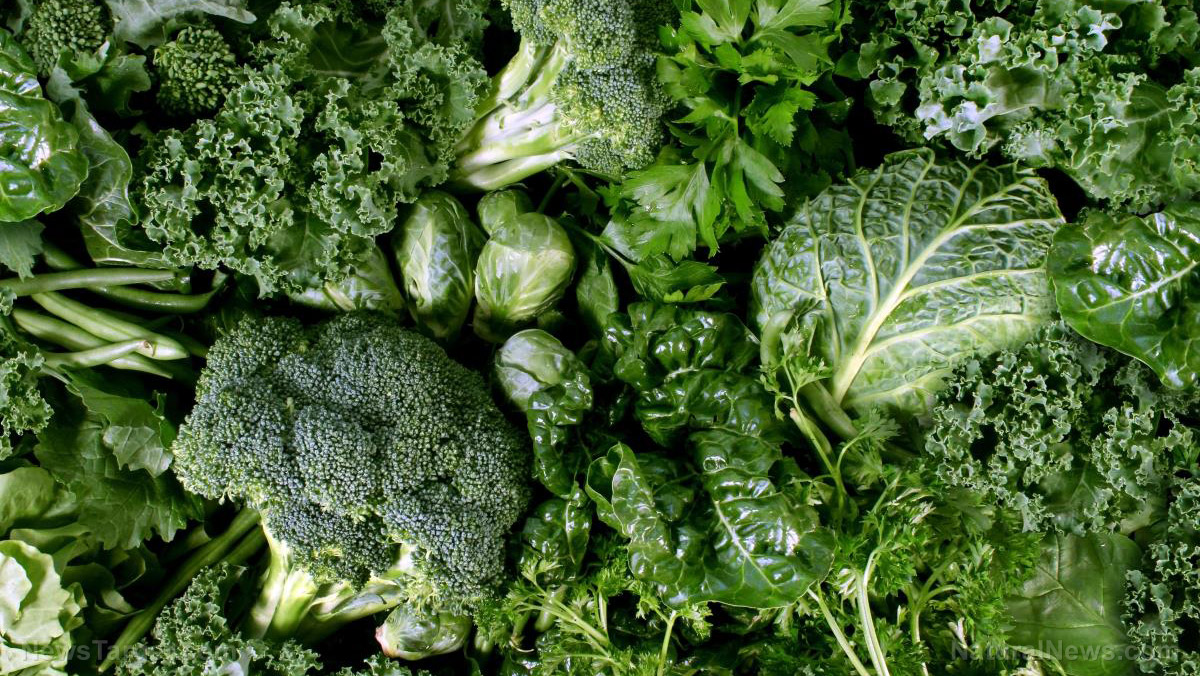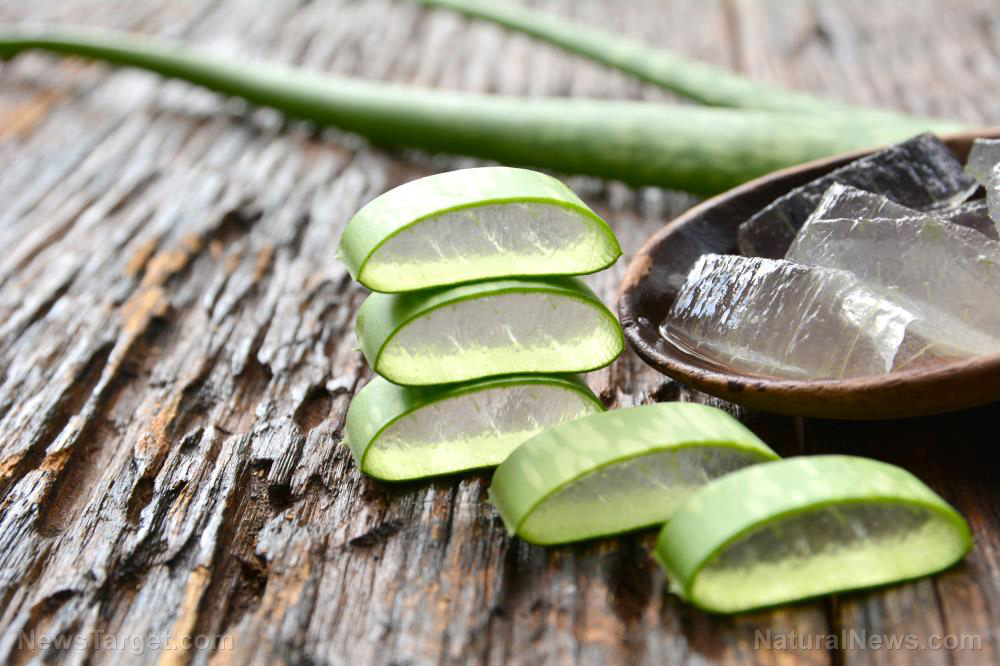Planting cucumbers early can help farmers avoid downy mildew, reveals study
01/03/2023 / By Zoey Sky
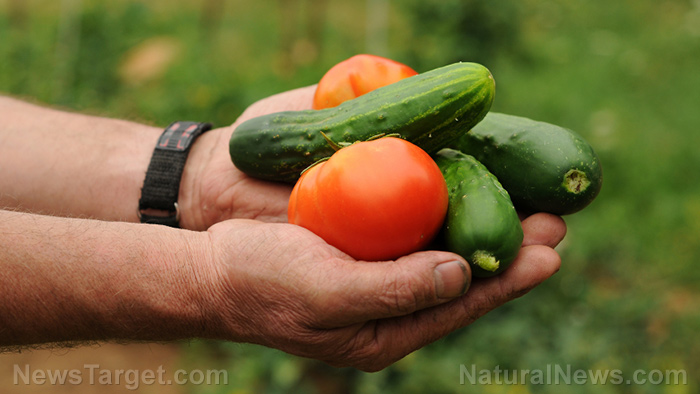
Farmers who grow cucumbers in South Carolina experience huge crop losses every year due to a plant disease called downy mildew. Fortunately, researchers from Clemson University have discovered that planting cucumbers early can reduce growers’ losses from downy mildew to almost zero.
What is downy mildew?
Downy mildew is an oomycete or water mold that destroys plant foliage. The disease is common in cucurbits, a plant family that includes cucumbers, gourds, squashes and various melons.
Pseudoperonospora cubensis, a pathogen similar to a fungus, causes cucurbit downy mildew. Infected plants develop angular, yellow or brown spots on their leaves.
Cucurbit plants with downy mildew may die. Those that survive will have reduced or non-existent yields, and this can happen within a couple of weeks from the start of infection.
It is important to catch a downy mildew infection early and take steps to prevent it.
Study reveals how to avoid plant disease issues
The study was conducted by Tony Keinath, a professor of plant pathology and Research and Extension vegetable pathologist at Clemson’s Coastal Research and Education Center (REC) in Charleston, and Felipe Silva, an assistant professor of agricultural economics in Clemson’s Department of Agricultural Sciences agribusiness program.
Their findings revealed that growers can avoid downy mildew issues by planting cucumbers early.
According to Keinath, downy mildew is the number one disease of cucumber plants in South Carolina. In their study, at least 72 percent of the crop planted late was lost to the disease, while there was no loss incurred for cucumbers that were planted early.
Planting early can help crops mature before downy mildew can spread, said Keinath. This can help growers save money often spent on fungicides and labor.
Based on the study findings, growers must plant cucumbers closer to the beginning of the planting period before temperatures get warm.
Downy mildew outbreaks usually occur in mild, wet weather when rainwater washes spores out of the air and onto leaves. After the disease infects a plant, it will continue to spread even in dry weather if temperatures stay above 60 F.
Keinath explained that planting earlier will help ensure that farmers can harvest their crops before downy mildew sets in.
Early planting offers benefits for conventional and organic growers
Early planting offers benefits for both conventional growers and organic growers.
Most conventional growers use fungicides like Ranman, alternated with a protectant such as chlorothalonil or mancozeb before symptoms appear. Conventional growers can apply Gavel after symptoms appear to control downy mildew.
Keinath added that organic growers can apply copper sprays to control the mold.
Additionally, planting early can result in higher yields. The study revealed that cucumbers planted on March 24 yielded 1,648 cartons per acre, while cucumbers planted on May 12 yielded only 930 cartons per acre.
P. cubensis does not overwinter in South Carolina but spreads from more southern states through windblown spores. The water mold can travel up to 1,000 miles in two days. (Related: Collapse in population of mammals and birds is now impairing the ability of plants to migrate via seed dispersal.)
Visit Harvest.news for more articles about farming and crop yields.
Watch the video below to learn how to sow cucumber seeds in homemade paper pots.
This video is from the MyRubyCountry channel on Brighteon.com.
More related stories:
Sustainable farming: 7 Indigenous practices to preserve crop and soil health.
Creating food forests out of front lawns can prepare communities for FOOD COLLAPSE – Brighteon.TV.
Study shows how plants time their flowering in the spring.
Sources include:
Submit a correction >>
Tagged Under:
agriculture, crop loss, crops, cucumbers, cucurbits, downy mildew, ecology, environment, harvest, organic farming, organics, plant diseases, Plants, prevention, research
This article may contain statements that reflect the opinion of the author
RECENT NEWS & ARTICLES
COPYRIGHT © 2017 VEGGIE NEWS

